Decentralized Wireless Access Network
2.4 Web3.0 and DePIN / DeWi
DePIN and DeWi are the bread and butter of Web3.0. Essentially, these are the main user acquisition channels for Web3.0. With physical network infrastructure becoming such a part of people's daily lives, hopefully a decentralized version could demonstrate the value of Web3.0 and bring people onboard. A decentralized infrastructure foundation is required to support the deployment of a Web3.0 native, user centric network, as the existing, centralized network infrastructure was developed to align with the best interests of telcos and other centralized platforms rather than with the interests of users themselves.
Decentralized infrastructure is infrastructure that is constructed in a self-organized, crowd-funded manner following a protocol; and that operates under autonomous governance. All the value created by such networks return to their founders and users. Profound social motivations and technological advancements drive the development of Web 3.0, which will inevitably arrive to the mainstream. In the 1990s, Web 1.0 emerged, where passively consumed content was presented by websites which became portals to pre-organized digital information. In the Web 2.0 era, companies provided platforms from which users could both consume and create web material. “User created content” became the buzzword of Web 2.0. However, this data was still owned by the platform operators, who also determined what kind of data to share and how. Individual users were identified by these platforms, and their online behaviors were tracked and documented. As a result, though individuals themselves contributed to the majority of Web2 .0 content, the profits it generated were taken by the platforms where they were published, undermining users’ privacy. Gavin Wood, one of the early advocates of Web 3.0, pointed out that “the internet today is broken by design. We see wealth, power and influence placed in the hands of the greedy, the megalomaniacs, or the plain malicious. Traditional markets, institutions, and trust relationships have been transposed to this new platform, with the density, power and incumbents changed, but with the same old dynamics.” Web 3.0 intends to give any participant in the web their own autonomous power and control. It will end online social unfairness permanently. In addition to that, a platform-centric internet won’t be able to support future network needs in terms of scalability, data security and privacy. It also could not utilize tokenomics effectively to grow the internet ecosystem, as this requires a decentralized infrastructure. In short, Web 3.0 is the future of the wireless network, which calls for a new technology stack to support this transformation.
Key middleware is desperately needed in the process of building Web 3.0. First of all, it will enable a decentralized infrastructure layer and allow for the self-governance and self-operation of such infrastructure with the help of tokenomics and the contributions of individuals. Secondly, with the support of the new infrastructure, the middleware shall link the Web 2.0 world with Web 3.0 to allow all the data created in the past or under the conventional, centralized format to be utilized on the new internet. Lastly, it shall allow all users and the content they created to organize and interact on the new internet. Roam protocol was developed to provide this key component of Web 3.0’s technology stack. It will return all the data generated by Roam’s global OpenRoaming WiFi services back to the public with proper privacy protection measures. In addition, it will support decentralized data storage and edge computing. This is also consistent with ToIP’s design principles mentioned above: “for maximum utility and adaptability, the best place to put intelligence and processing is at the endpoints of a network and not in the communications subsystems that connect those endpoints.” [20] Under Roam protocol, users thus retain control of what and how to share their data as long as the access network is decentralized and secured.

